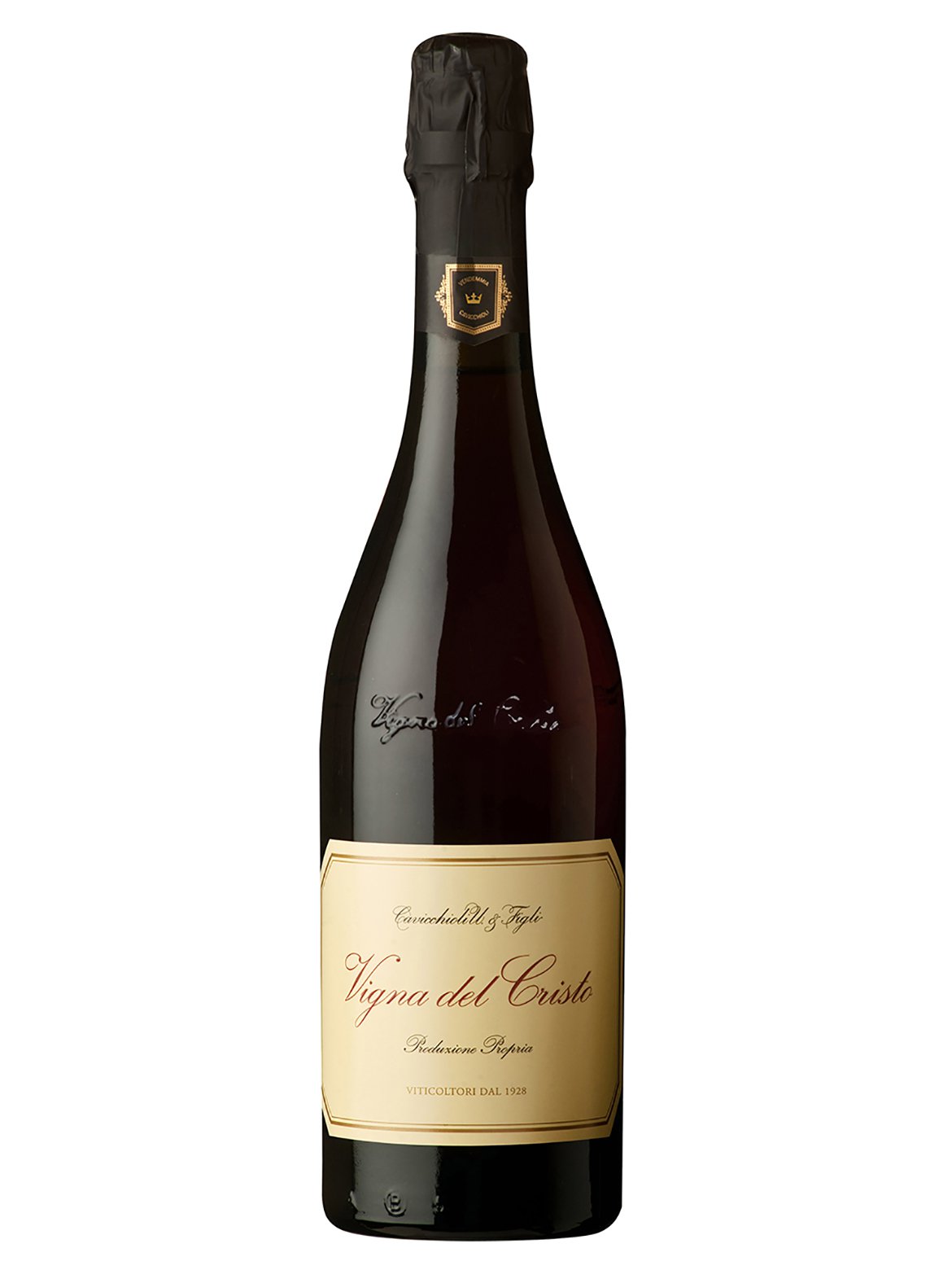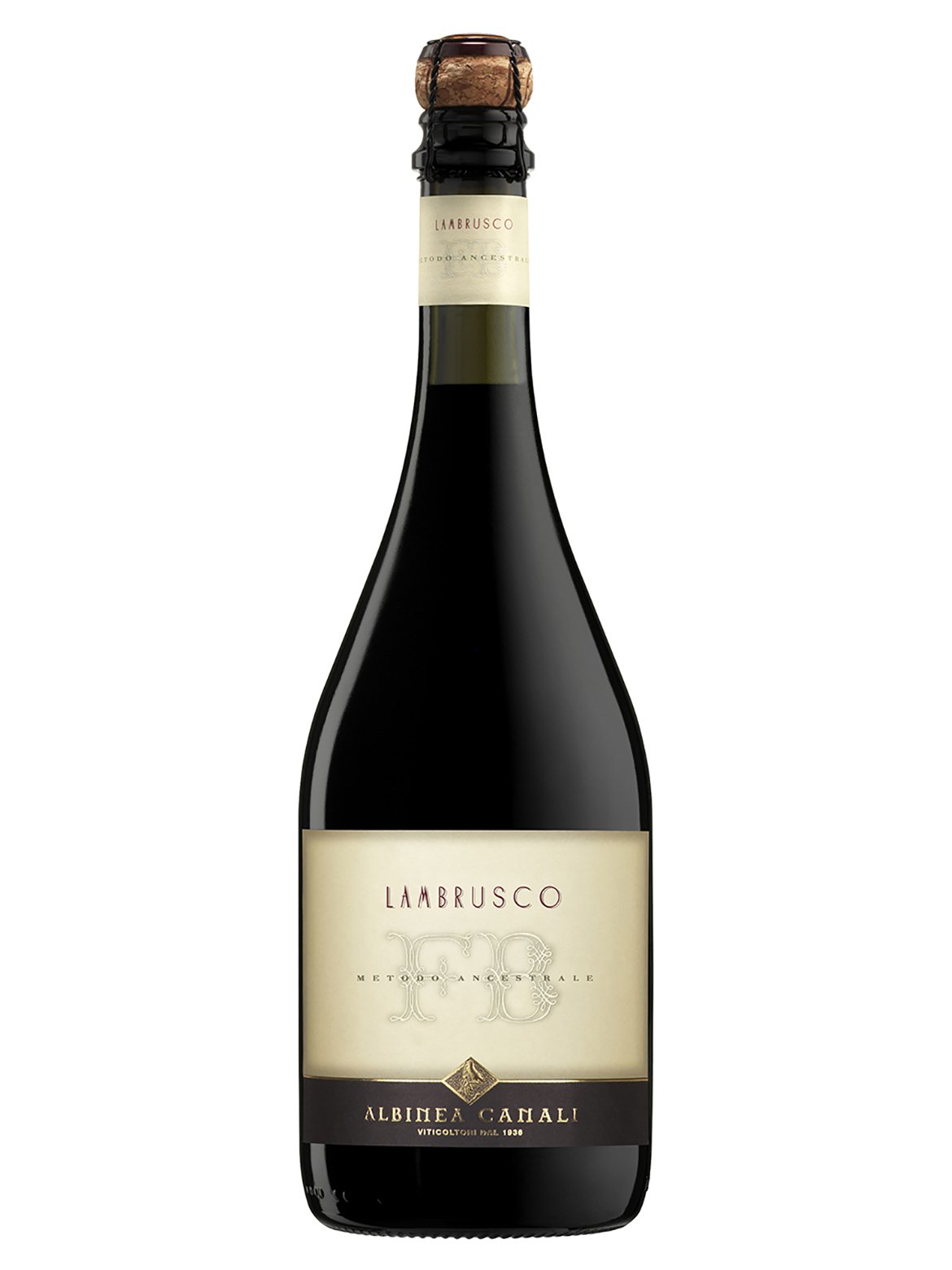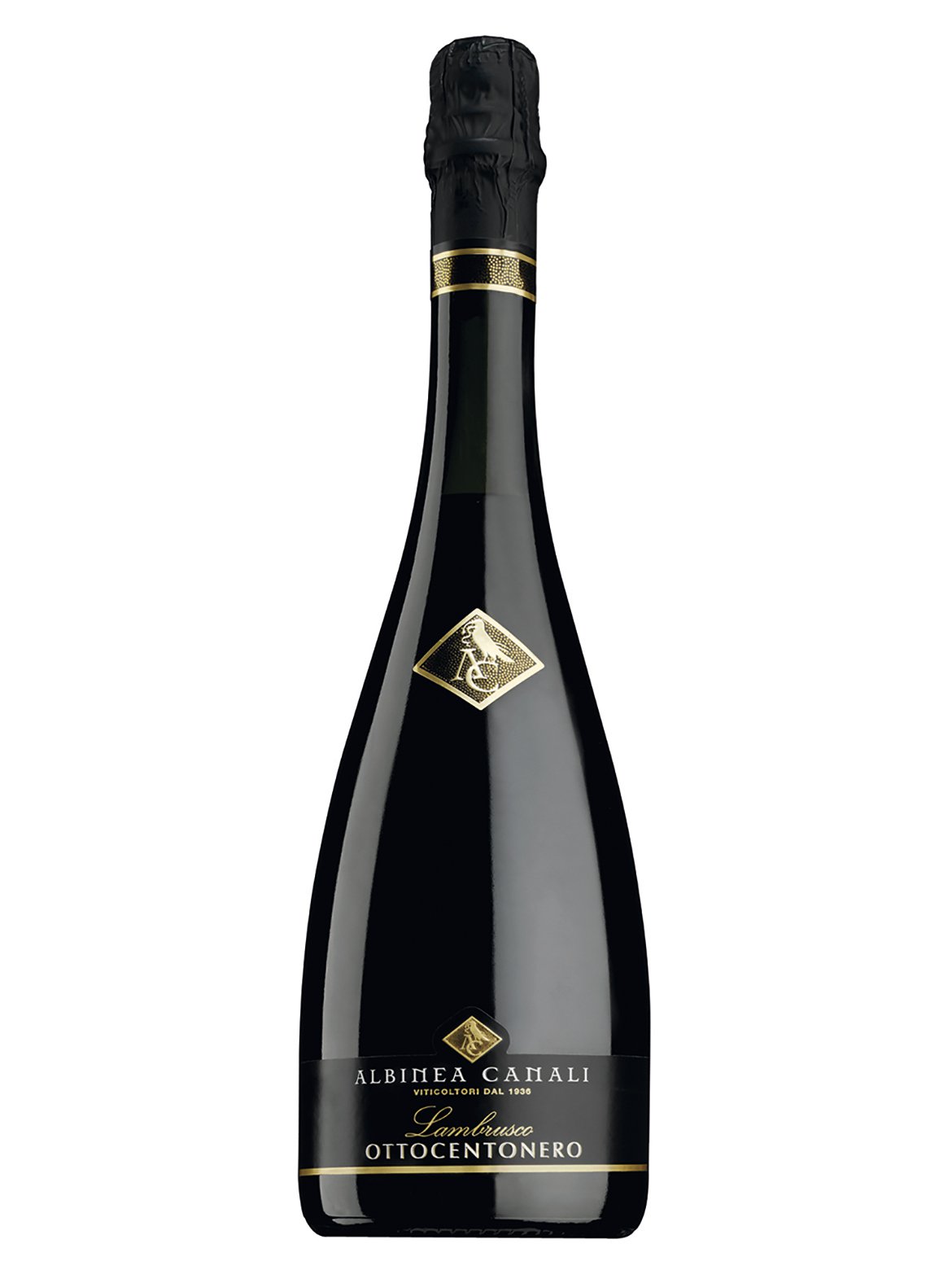Di Vino
Lambrusco: sparkling, vibrant and convivial
10/07/2016
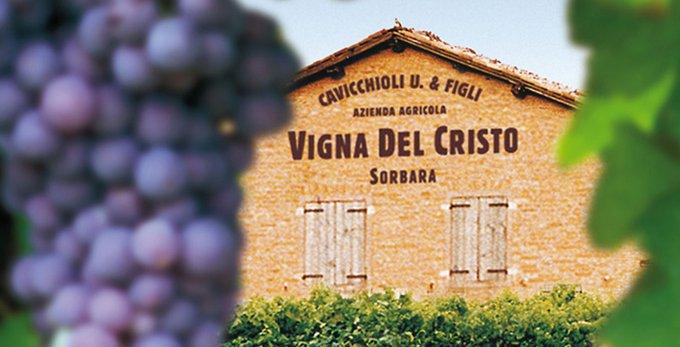
Lambrusco is clear proof of how each wine is closely linked to the nature of its territory, since it is its most genuine expression: sparkling, vibrant and convivial, this wine with its ancient history and wild grape variety (Labrusca vitis) gives us a picture of Emilia, the region where it is produced.
It is a unique wine: red yet sparkling
Young, with limited tannins and acidity, it is a pleasant and vibrant wine with a light mousse, fruity aroma and a moderate alcohol content. Generally, Lambrusco is largely produced in tanks, except for a small amount that is still obtained by second fermentation in the bottle according to the classic or traditional method.
Even though Lambrusco is one of the most renowned and sold wines in the world, it is mainly appreciated and drunk by the local people, who have been producing and drinking it for centuries. Viticulture in Emilia has a long-standing tradition and an important history, which even dates back to Roman times (when the wild vine was called Lambrusca). Typical Lambrusco grape varieties were selected over the centuries by local historical families, and even get their name from them (e.g. Lambrusco Marani from the Marani family).
Lambrusco wine has always been very popular, providing an income for all local vine growers, who have successfully communicated and presented their territory all over the world in the best possible way. Vine growing, wine production and distribution are based on a very strong economy of scale, making it one of the most competitive wines on the national and international wine market.
"Lambrusco production has always been successful and still is at all levels of the production chain, from vine growers to consumers. The image of a natural wine with a touch of sweetness was immediately its winning formula”. (Sandro Cavicchioli, Cantina Cavicchioli)
The grape variety and different types of Lambrusco
Speaking about Lambrusco grape varieties essentially means speaking about a “family of native grape varieties”, namely, vines that have grown spontaneously on the plains of the Po valley. Today, 12 varieties are grown (including Sorbara, Grasparossa, Salamino, Marani and Maestri), as well as other varieties that do not directly belong to this family, such as Ancellotta, which may be added in small quantities to many Lambrusco wines.
Produced as a dry, semi-sweet or sweet wine, its grapes are mainly grown in the areas between Modena and Reggio Emilia and, in smaller quantities, in the provinces of Parma and Mantova, straddling the regions of Emilia and Lombardy.
The province of Modena produces 4 DOC wines: Lambrusco di Sorbara, which can be blended with up to 40% Salamino, Lambrusco Grasparossa di Castelvetro, Lambrusco Salamino di Santa Croce and Lambrusco di Modena. The province of Reggio Emilia is home to Lambrusco Reggiano DOC, obtained from Lambrusco grape varieties such as Salamino, Sorbara, Maestri, Marani, Montericco and Grasparossa di Castelvetro, and to Lambrusco DOC Colli di Scandiano e di Canossa, made from the Grasparossa and Montericco grape varieties. In the province of Parma, Lambrusco Colli di Parma DOP is produced, which must contain at least 85% of the Maestri grape variety. And last but not least, there are several Lambrusco IGT/IGP wines.
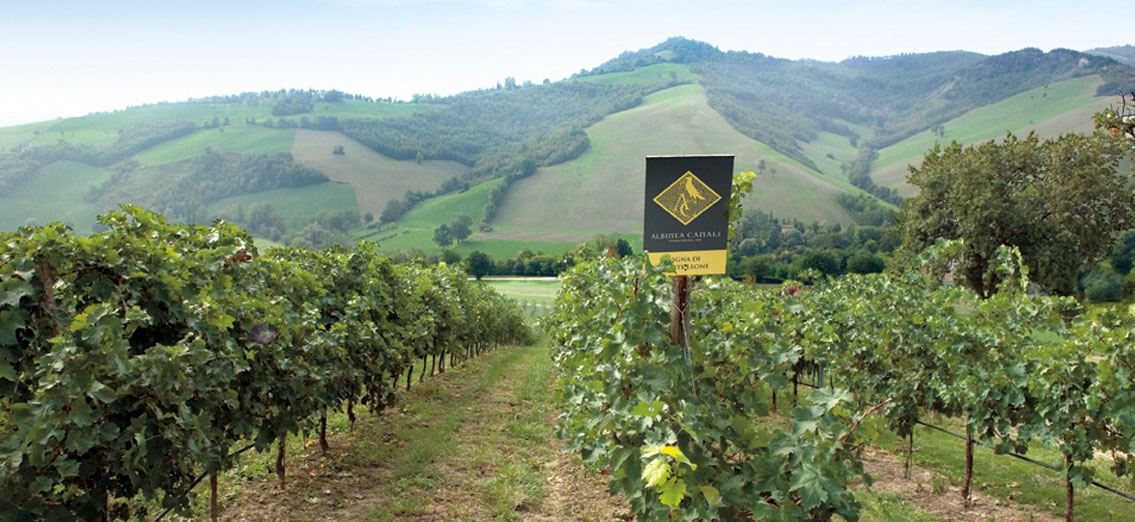
The 5 things you definitely need to know about Lambrusco:
- Lambrusco is a native wine, closely linked to its land, where it is almost exclusively grown. Its grapes come exclusively from the local area, which has always been a great source of pride for its producers.
- It has a “transparent” production chain.
- It has organoleptic properties that are unique in the world: it is red and sparkling.
- Today, thanks to climatic changes, Lambrusco has acquired a structure of excellent aromas, flavours and complexity. The changing climate has greatly favoured this wine, allowing its alcohol content to increase by 1.5 degrees and its acidity to decrease, thus making it much more balanced and pleasant.
- Its cultivation, which has historically always taken place on the plains, from an initial weakness became a formidable strength: on the plain, wines with a lower alcohol content can be produced, which are more appreciated by consumers today, who prefer wines that are easier to drink.
From tradition to modernity
Today, the Lambrusco we drink is a modern wine that exalts all its fruity and harmonious characteristics. This wine has an ancient tradition that has successfully revealed its more contemporary features, and greatly appeals to new markets. Producers in Emilia have always been proud of how easily it is appreciated and drunk throughout the world, since Lambrusco is a popular wine that meets everyone's tastes. Today, Lambrusco has many fans, starting with connoisseurs who know where to place it and consider it a prestigious wine.
Lambrusco and cuisine
Emilia, a region with a strong focus on flavours, is renowned and appreciated worldwide for its culinary excellence, where taste is the undisputed protagonist of everyday good living. Lambrusco was created here and is the perfect accompaniment to this culinary tradition.
If it is true, however, that Lambrusco has always gone hand-in-hand with the cuisine of Emilia, it is also true that contemporary cuisine, influenced by many foreign cultures and traditions to be found in Emilia, is in turn closely linked to this wine. Today, fast food eating places, sushi bars and ethnic restaurants can be found alongside many traditional trattorias and, as the oenologist Sandro Cavicchioli points out, “the fact that in all these places you can find a bottle of Lambrusco is highly significant”. Lambrusco can accompany most international cuisine, and this is another of its great strengths.

Thanks to its vibrant, young nature and the sensation of freshness it gives, Lambrusco is also an ideal aperitif, and excellent as an early evening drink or for a toast with friends. In recent years, this wine has been used as the main ingredient of various cocktails, also appreciated by the most demanding consumers, who always pursue the latest trends.
Therefore, we can say that today Lambrusco is a wine with a distinct identity and huge potential.
Backed up by a wine production chain with a great tradition, a modern vineyard and production that follows current trends of optimization while respecting the environment, Lambrusco is a wine that continues to enjoy great success thanks to a perfect combination of quality and tradition.
Are you ready to taste a glass of this sparkling red wine from Emilia?
Read others post


